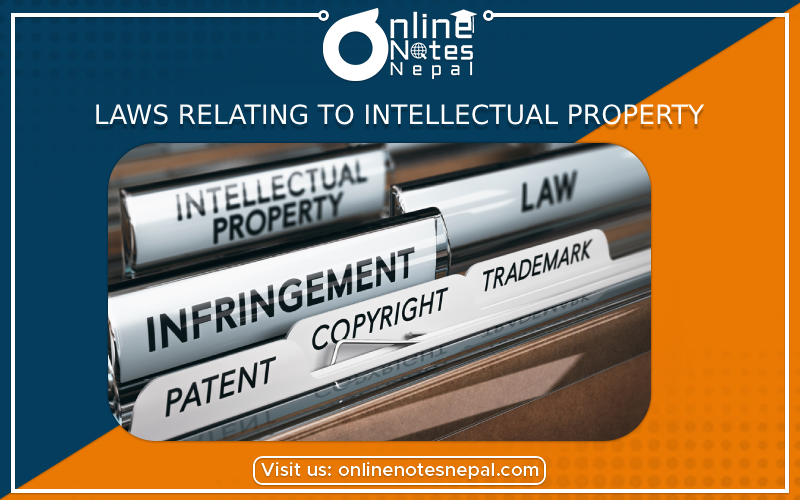Published by: Anu Poudeli
Published date: 17 Jul 2023

Intellectual property (IP) laws are a set of legal rules and regulations that protect mental or intellectual creations such as inventions, literary and artistic works, symbols, names, images, and designs, among other things. The primary goal of these laws is to grant inventors exclusive rights to their creations, thereby stimulating innovation, creativity, and knowledge diffusion. Although each country has its own IP laws, there are several international treaties that establish common criteria for IP protection.
The following are some of the most important categories of intellectual property and the laws that govern them:
Patents:
Copyright:
Trademarks:
Secrets of the Trade:
Designs for Industry:
Indications géographiques (GIs):
It is crucial to realize that IP laws vary greatly between nations, as do the legal processes for obtaining and enforcing IP rights. Furthermore, the rise of digital technology and the internet has created new obstacles for protecting intellectual property rights around the world. International treaties and organizations, such as the World Intellectual Property Organization (WIPO), are critical in harmonizing IP standards and facilitating international cooperation to address these difficulties.